Shopify Product Display Apps: In‑store Shopping Assistant vs Compass Navigation

Table of Contents
- Introduction
- How Does In‑store Shopping Assistant Work?
- How Does Compass Navigation Work?
- How Much Does In‑store Shopping Assistant Cost?
- How Much Does Compass Navigation Cost?
- Cost Analysis: In‑store Shopping Assistant vs. Compass Navigation
- User Reviews & Customer Support Insights
- Integration and Compatibility Comparison
- Conclusion
Introduction
In the highly competitive landscape of retail, product display plays a crucial role in attracting customers’ attention and driving sales. A seamless shopping experience can significantly enhance customer satisfaction and increase conversion rates. This is where product display apps come into play, enabling retailers to optimize their storefronts for better engagement and sales outcomes.
Today, we'll explore two prominent Shopify apps: the In‑store Shopping Assistant and Compass Navigation. These applications offer distinctive features aimed at enhancing product visibility and enabling smoother customer experiences. While both provide valuable tools for retailers, our analysis will show that the In‑store Shopping Assistant stands out as the superior option for retailers seeking to boost their sales through innovative product display solutions.
How Does In‑store Shopping Assistant Work?
The In‑store Shopping Assistant is designed to transform the physical shopping experience by leveraging technology. By allowing shoppers to self-serve using their smartphones, this app facilitates a convenient shopping experience without needing a dedicated application. Here are the main features that make it a robust choice for product display:
-
Self-Service Convenience: Shoppers can access a comprehensive catalog of products through a simple QR code scan. This makes it easier for customers to browse items at their own pace, reducing wait times when the store is crowded.
-
Customer Data Collection: The app enables retailers to capture shopper contact details. This functionality allows businesses to create targeted marketing campaigns, driving further engagement and boosting sales.
-
Online Self-Checkout: In peak hours, the app allows customers to perform checkout processes online, expediting the purchase journey and improving overall customer satisfaction.
-
AI-driven Insights: By collecting shopper data, the app provides valuable insights into customer behavior, helping retailers understand buying patterns and preferences.
These features are beneficial for businesses of various sizes. Startups can leverage self-service convenience to manage limited resources effectively, small to medium businesses can enhance customer experience without increasing staff costs, and large enterprises can utilize data analytics to drive strategic decisions.
Here's a hypothetical scenario: Imagine a small boutique that experiences a surge in customers during holiday promotions. With the In‑store Shopping Assistant, the boutique could allow shoppers to browse items independently, reducing congestion in the store. This convenience not only enhances the shopping experience but also enables the business to maximize sales during high-traffic periods.
How Does Compass Navigation Work?
Compass Navigation operates as a key tool to enhance customer experience within online stores. This app is focused on streamlining product discovery by helping customers quickly find items they seek. Here are its primary features:
-
Navigational Hubs: Businesses can create organized sections within their stores to showcase collections, individual products, and related content, making it easy for customers to locate what they need.
-
Customization: The app allows users to customize how content is displayed, from tabs to various layouts, providing flexibility that can cater to different branding requirements.
-
User-Friendly Interface: Compass Navigation’s functionality is straightforward, allowing for rapid filtering and searching of products, which can lead to faster purchasing decisions.
These features are valuable for various business types. Startups may find the easy navigation essential for establishing a solid online presence, while larger businesses could leverage custom layouts to reflect their brand identity effectively.
However, while Compass Navigation offers practical features, it lacks the deep engagement tools and data-driven insights that the In‑store Shopping Assistant provides.
How Much Does In‑store Shopping Assistant Cost?
Cost-effective solutions are vital for retailers aiming to enhance their product displays. Interestingly, the In‑store Shopping Assistant does not have a fixed pricing structure; this allows flexibility based on retailer needs and objectives. Here’s what to consider:
-
Pricing Structure: Since the pricing tiers are not specified, this can benefit businesses needing custom solutions. They are encouraged to reach out for a personalized plan.
-
Included Features: The core functionalities—like self-service options, data analytics, and online self-checkout—can be tailored to fit diverse retail needs.
-
Target Audience: The In‑store Shopping Assistant can cater to startups focusing on efficient operations and large enterprises seeking comprehensive data insights.
-
Additional Costs: If there are costs associated with custom solutions, those would be discussed during consultations, ensuring transparency for clients.
“It is important to note that you can always reach out to our team and we can create a custom pricing plan to suit your needs and your budget. Schedule a call via this link and we’ll come up with the best solution for you and your business.”
How Much Does Compass Navigation Cost?
Just as vital as benefits is understanding pricing. Compass Navigation offers a tiered structure, which includes:
-
Free Plan: Available at no cost, offering limited navigational features.
-
Starter Plan ($6.90/month): Builds on the free tier by providing 15 compasses and additional sections.
-
Pro Plan ($12.90/month): Offers unlimited compasses and custom layouts, ideal for businesses requiring maximum flexibility.
While the structured pricing is straightforward, the value per price point remains debatable, especially when compared to the more comprehensive solutions offered by the In‑store Shopping Assistant.
Cost Analysis: In‑store Shopping Assistant vs. Compass Navigation
A cost comparison shows that the In‑store Shopping Assistant can offer better value overall. Compass Navigation’s pricing structure is transparent and predictable; however, it tends to benefit primarily smaller retailers where costs might control business processes. In contrast, the custom pricing of In‑store Shopping Assistant allows businesses of various sizes and complexities to find the most cost-efficient solution for their unique needs.
Considering both apps' functionality, the In‑store Shopping Assistant appears to provide greater long-term value through its flexible and robust offerings.
User Reviews & Customer Support Insights
Is In‑store Shopping Assistant Good?
With an impressive rating of 5 stars based on 64 reviews, the In‑store Shopping Assistant enjoys high user satisfaction. The feedback typically focuses on its ease of use, the seamless shopping experience it offers, and the ability to gather valuable customer insights. Users often express how the self-service capacity enhances their physical shopping operations.
Is Compass Navigation Good?
Compass Navigation currently has a perfect rating of 5 stars from a single review. While it's positive, one review represents limited feedback. Users may appreciate its customizable navigation interface, yet some might find its offerings less fulfilling compared to more comprehensive apps. The ease of use could attract new users until they seek more advanced capabilities.
Customer support is crucial in shaping users’ satisfactions. Both apps seem to emphasize customer service, which positively influences their ratings.
User Preference: In-store Shopping Assistant or Compass Navigation?
The ratings indicate that the In‑store Shopping Assistant is more favored in the market. The wealth of user feedback for the In‑store Shopping Assistant showcases its broadly accepted functionality and effectiveness, while Compass Navigation appears still to be establishing its user base. The absence of more extensive reviews for Compass Navigation can make it less appealing for businesses looking for proven solutions that yield effective outcomes.
Integration and Compatibility Comparison
In‑store Shopping Assistant Integrations
The In‑store Shopping Assistant is designed to integrate seamlessly with existing point-of-sale (PoS) systems, allowing retailers to operate efficiently within their current infrastructures. Although specific integrations weren’t listed, the focus on this flexibility indicates high compatibility with a variety of retail settings.
Compass Navigation Integrations
Compass Navigation provides structured options for embedding navigational interfaces on various pages. However, its integration capabilities seem limited when it comes to connecting with external platforms or tools, which may hinder its appeal for retailers looking to leverage comprehensive data analytics and shopping insights.
Conclusion
Both In‑store Shopping Assistant and Compass Navigation offer notable solutions tailored for enhancing product displays. However, the In‑store Shopping Assistant shines with its flexibility, user-driven features, and capacity to collect valuable insights that can effectively boost sales strategies. Its customer-focused approach and impressive rating demonstrate that it is a more robust choice for businesses looking to enhance their retail experience effectively. As a result, retailers might find greater long-term value and efficiency with the In‑store Shopping Assistant compared to Compass Navigation, making it the more compelling option overall.
Still Searching for the Perfect Customization Solution?
Stop searching and start thriving with Accentuate Custom Fields! This powerful metafield management app supercharges Shopify’s native features, giving you the tools to create a truly personalized customer experience.
Why Choose Accentuate Custom Fields?
- Advanced Customization: Unlimited field definitions, logical grouping, and custom layouts make your store one-of-a-kind.
- Enhanced Editor Experience: Effortlessly edit variant metafields, use advanced HTML and markdown editors, and sync field definitions between stores.
- Flexible Management: Import/export capabilities, automatic tagging, and comprehensive support for Metaobjects and versioning.
- 24/7 Support: If you have any questions or need assistance, our team is available around the clock to help with any custom modifications to suit your store.
Join over 12,000 merchants, including top Shopify Plus stores, who trust Accentuate for their customization needs. With a stellar 4.9-star rating, Accentuate is the go-to tool for advanced CMS needs, offering unmatched flexibility and control over your store’s content. Elevate your Shopify store with high-quality content that boosts customer experiences and conversions. Tell your story, showcase your products, and create an engaging customer journey with ease.
Experience the Accentuate difference and watch your Shopify store thrive!
Accentuate vs Competition
Explore how Accentuate Custom Fields stands out. Whether you’re aiming to customise your storefront, streamline operations or improve content management, see how we compare against the competition

Shopify Product Display Apps: FeatureFrame ‑ Pretty Product vs. AI SEO: Top Product Features

Shopify Product Display Apps: Metadrob: Create Virtual Store vs シンプルクラウドファンディング|お手軽自社クラファン
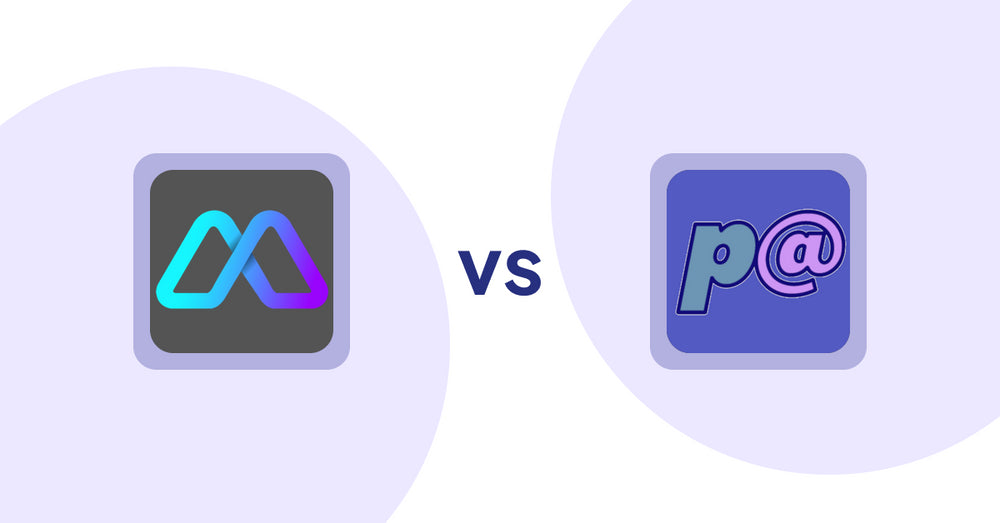
Shopify Product Display Apps: Metadrob: Create Virtual Store vs Parameterizer

Shopify Product Display Apps: Bike Matrix vs. Fast View: Fastest Quick View
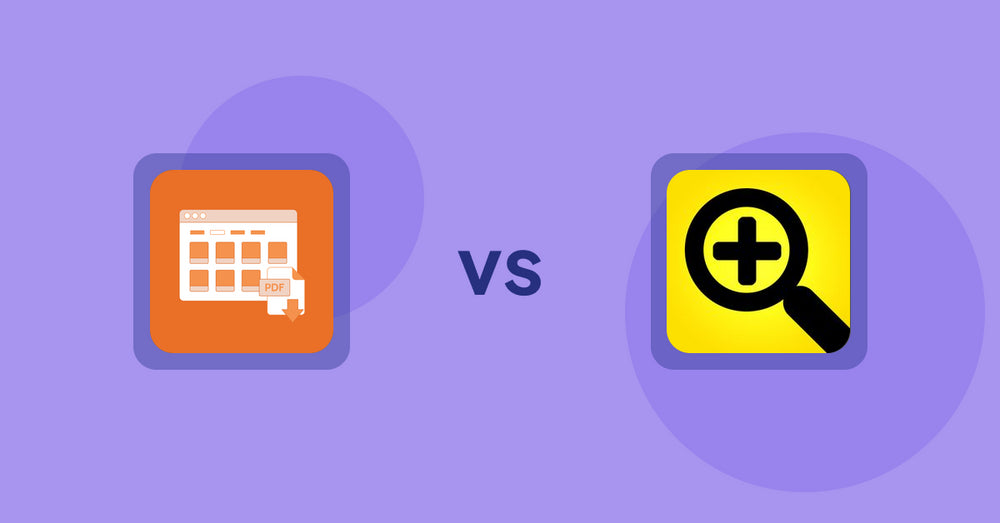
Shopify Product Display Apps: Meetanshi PDF Product Catalog vs Fast View: Fastest Quick View

Shopify Product Display Apps: UR: Smart Ranking vs Sortyfi Collection Merchandise

Shopify Product Display Apps: UR: Smart Ranking vs PDP Star
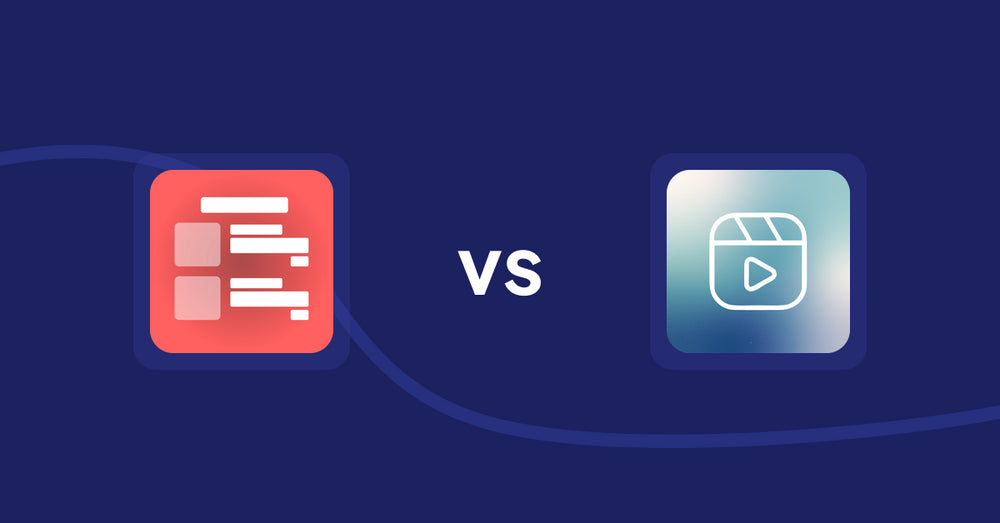
Shopify Product Display Apps: Menulog vs Reelify ‑ Shoppable Reel Video

Shopify Product Display Apps: H3 Estimated Delivery vs Findify Search & Merchandise

Shopify Product Display Apps: Wordo ‑ ChatGPT AI Description vs Urgency! Low Stock Counter
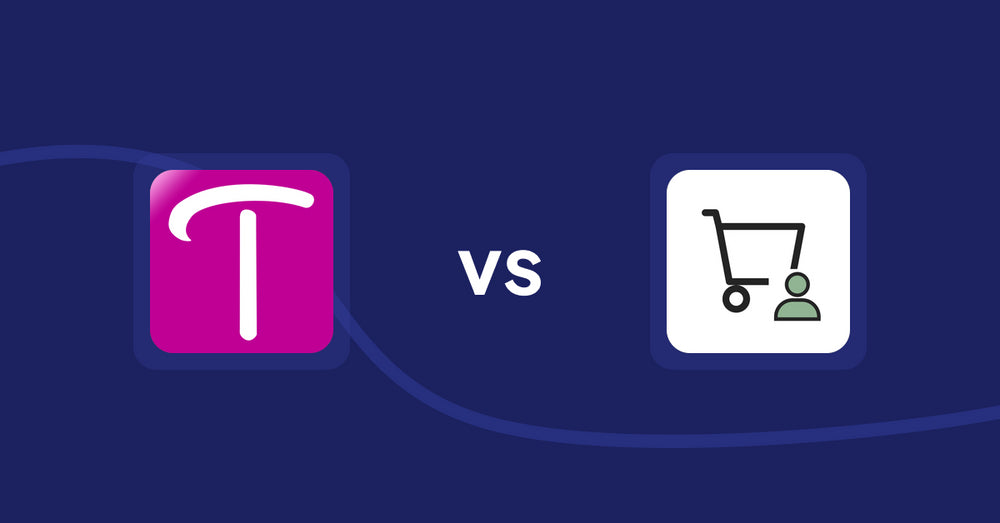
Shopify Product Display Apps: WS Transparency vs シンプル会員注文割引|お手軽ログインセール設定
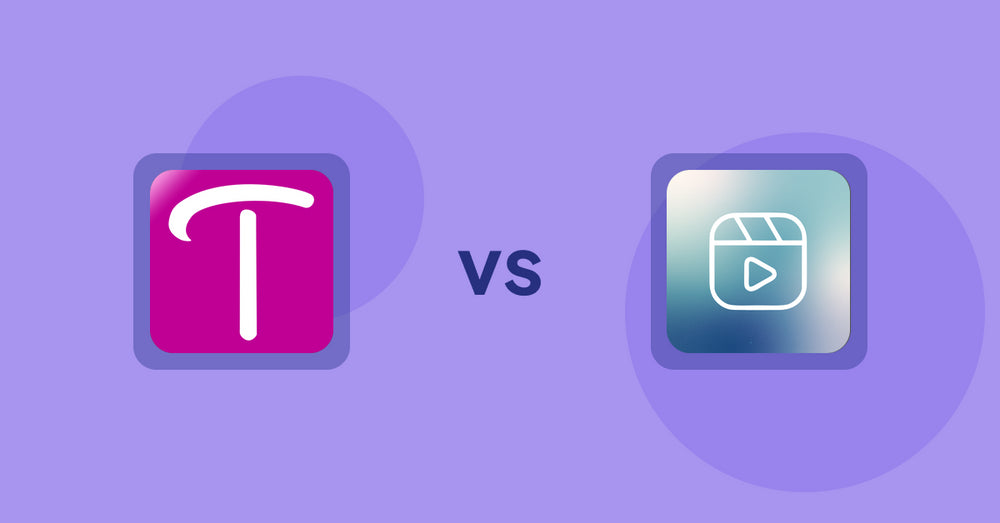
Shopify Product Display Apps: WS Transparency vs Reelify ‑ Shoppable Reel Video
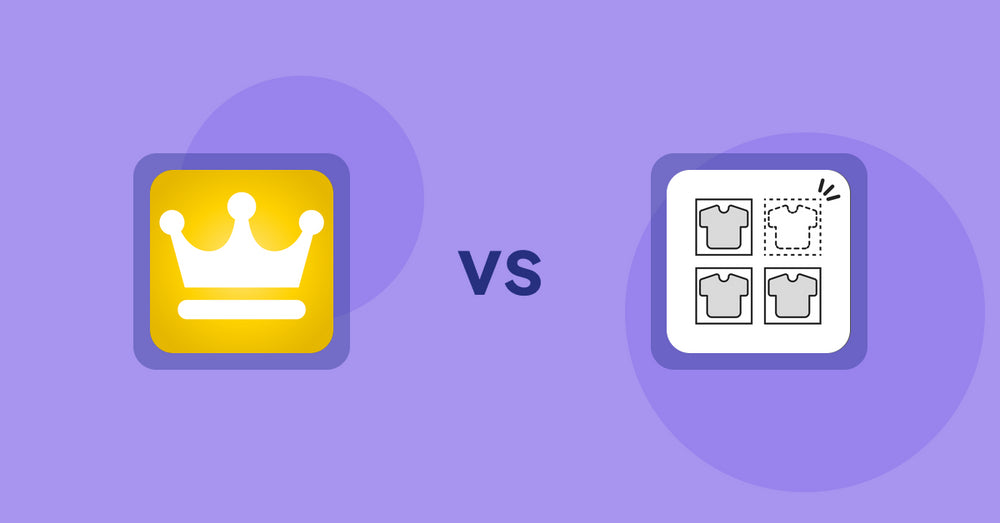
Shopify Product Display Apps: Awesome Ranking vs シンプル売り切れ非表示|在庫切れ商品の表示変更

Shopify Product Display Apps: OC Product Size Chart vs FeatureFrame ‑ Pretty Product

Shopify Product Display Apps: Shelfify vs Bike Matrix
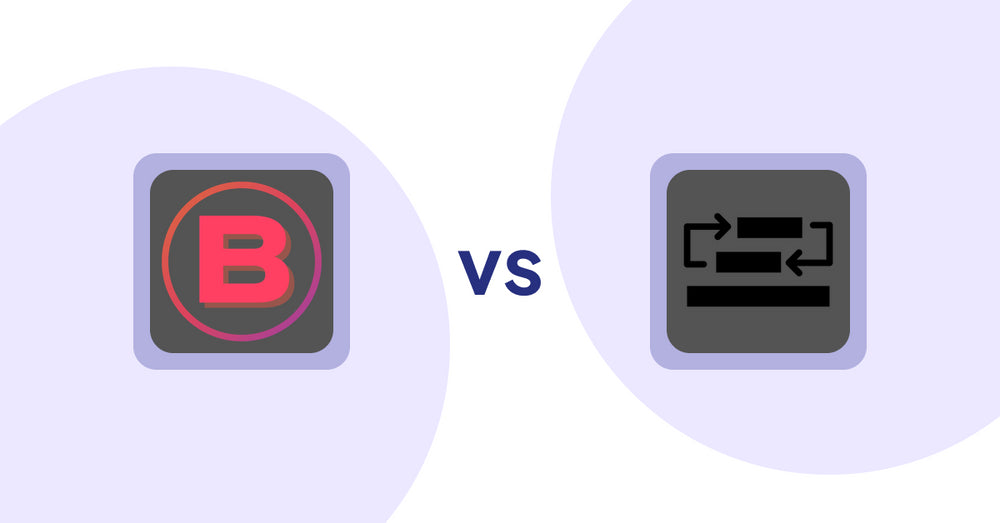
Shopify Product Display Apps: Banter Stories vs Sortyfi Collection Merchandise
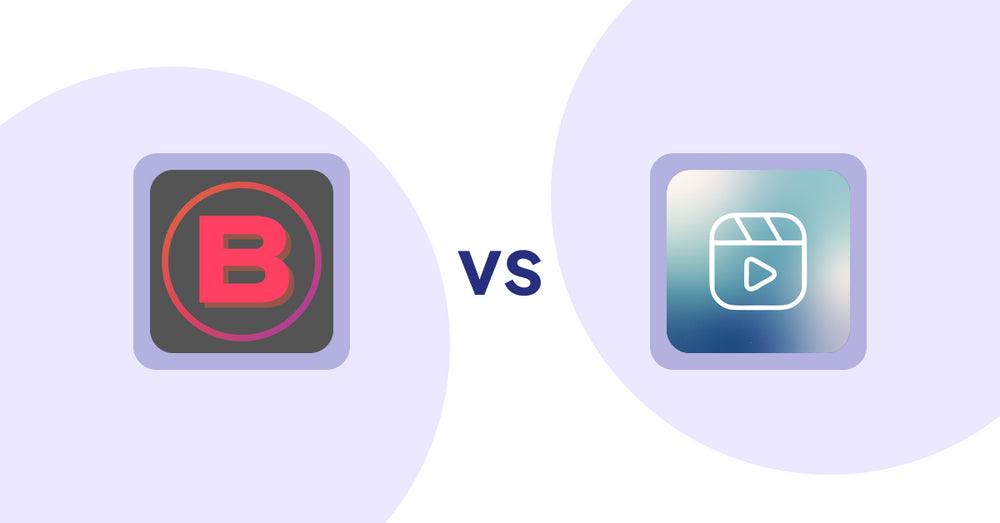
Shopify Product Display Apps: Banter Stories vs. Reelify ‑ Shoppable Reel Video
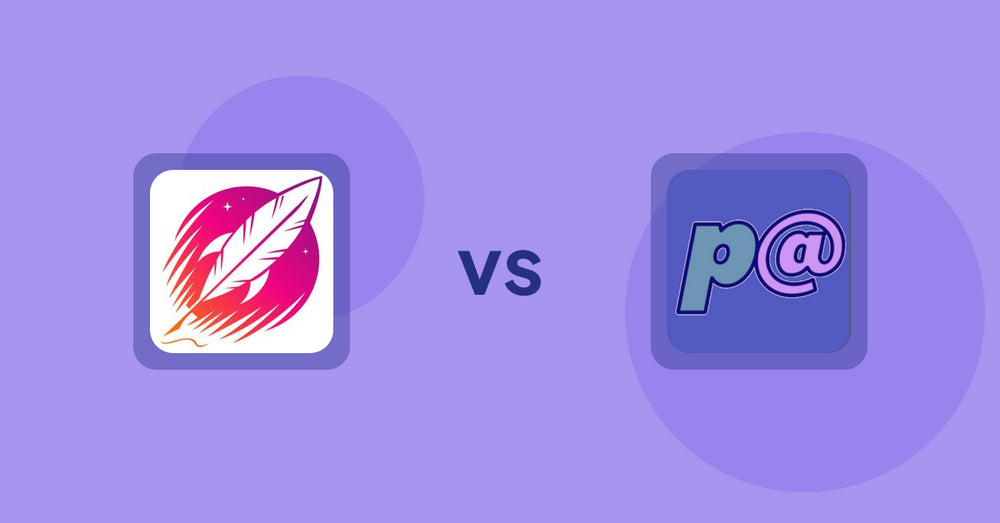
Shopify Product Display Apps: Wordsmith: Content Generator vs Parameterizer

Shopify Product Display Apps: Wordsmith: Content Generator vs Reelify ‑ Shoppable Reel Video
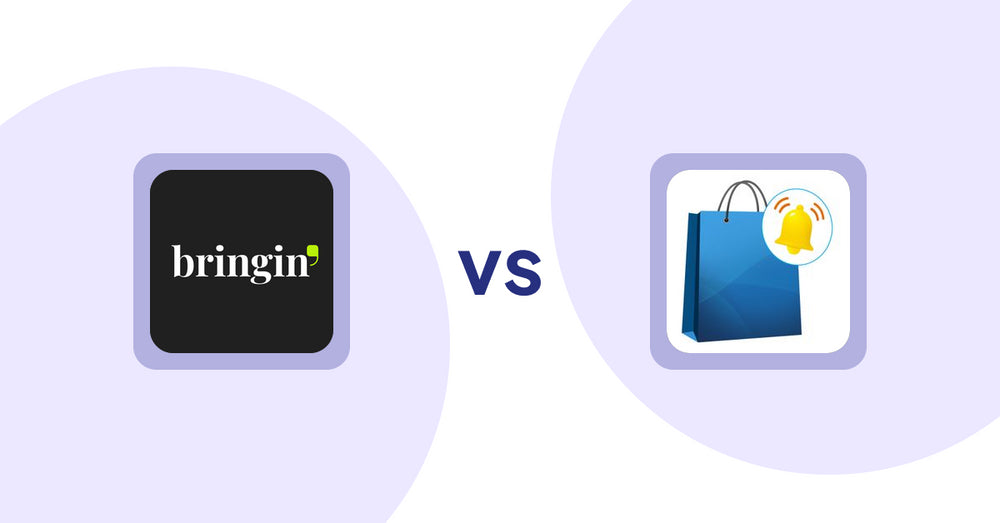
Shopify Product Display Apps: Bringin vs CartBar ‑ Product Purchase Bar
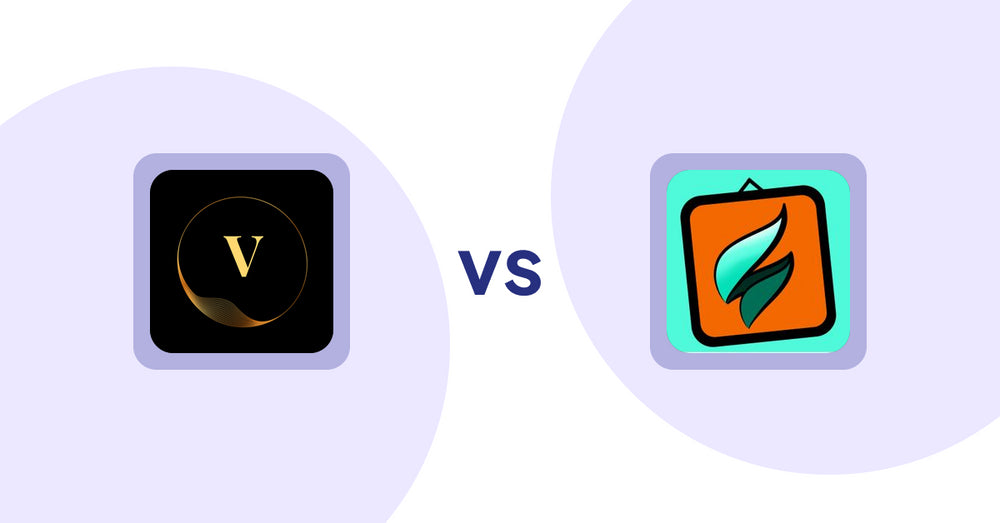
Shopify Product Display Apps: ProductTube vs SMART ‑ Art Product Builder

Shopify Product Display Apps: Xpander vs PDP Star

Shopify Product Display Apps: Xpander vs Banter Stories
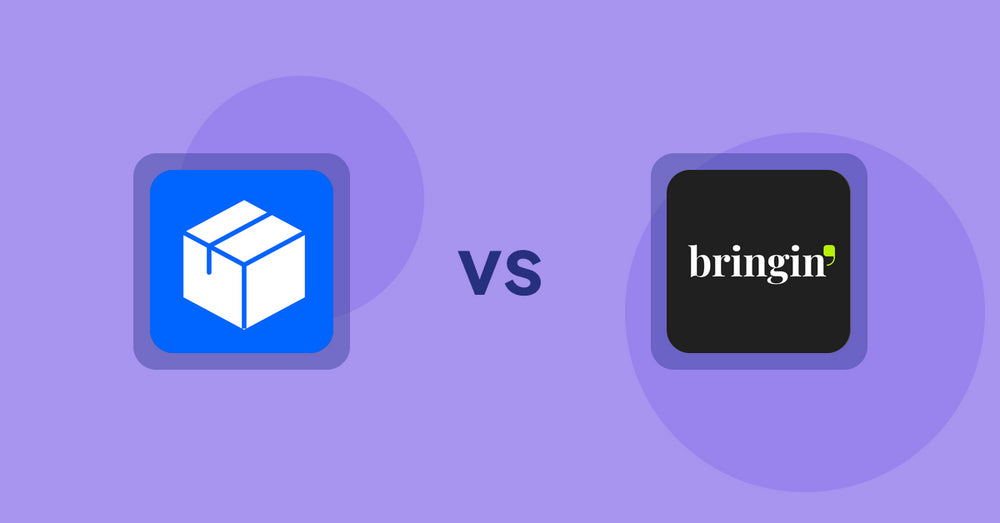
Shopify Product Display Apps: Wonderful Widgets vs Bringin

Shopify Product Display Apps: BookE - Rent Property & Service vs Metadrob: Create Virtual Store
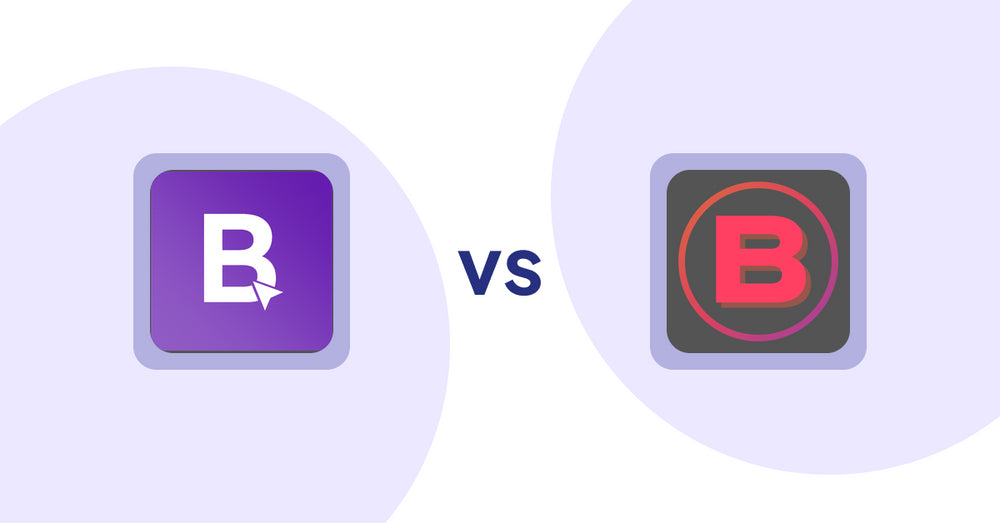
Shopify Product Display Apps: BookE ‑Rent Property & Service vs. Banter Stories
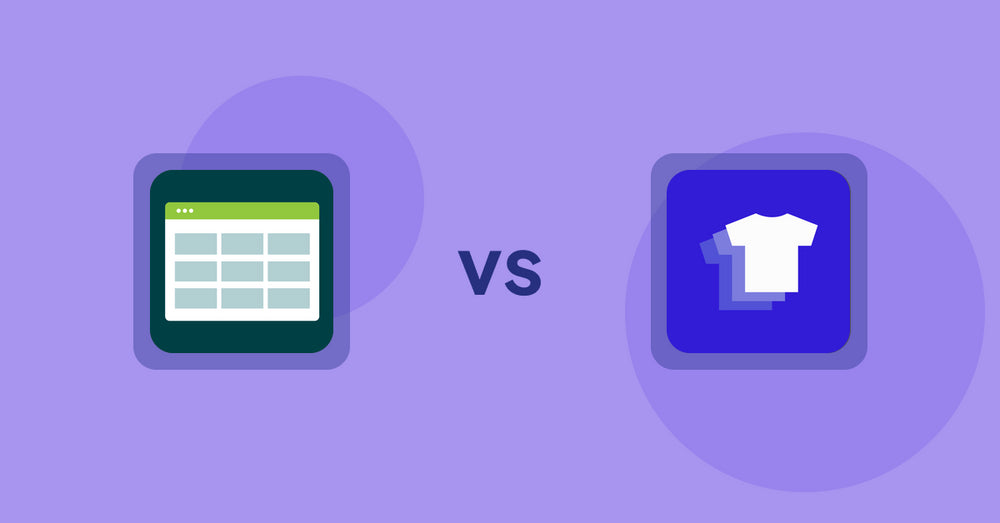
Shopify Product Display Apps: Product Table vs. Xpander
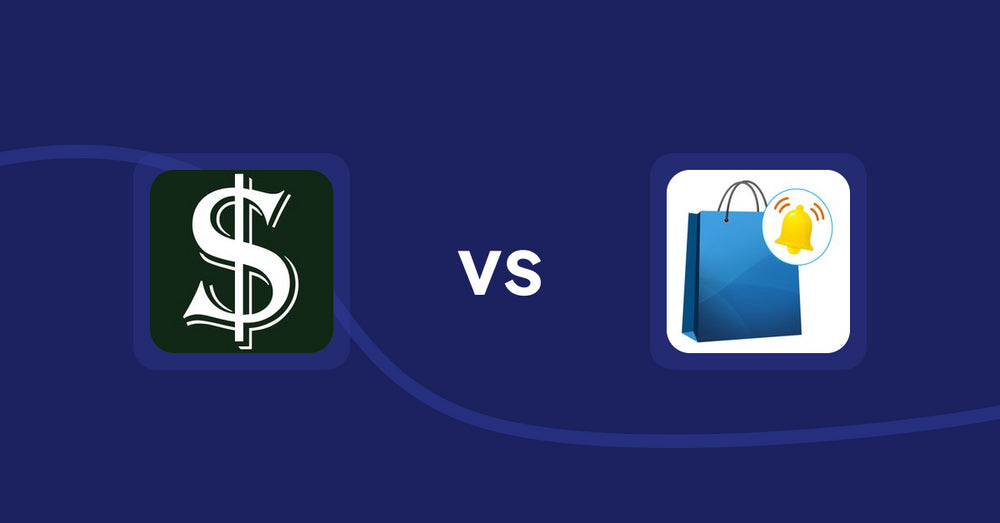
Shopify Product Display Apps: Selling Fast vs CartBar ‑ Product Purchase Bar
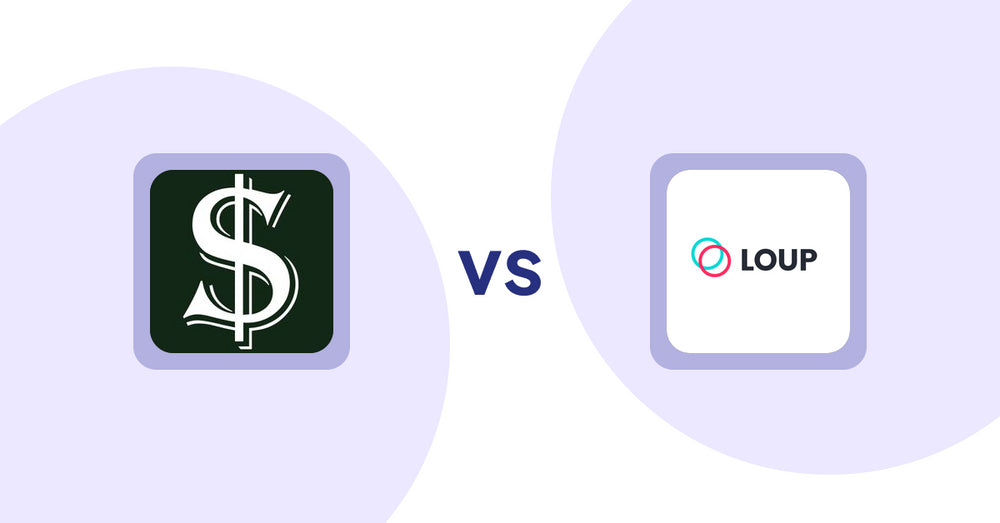
Shopify Product Display Apps: Selling Fast vs. Loup: Sell on Instagram
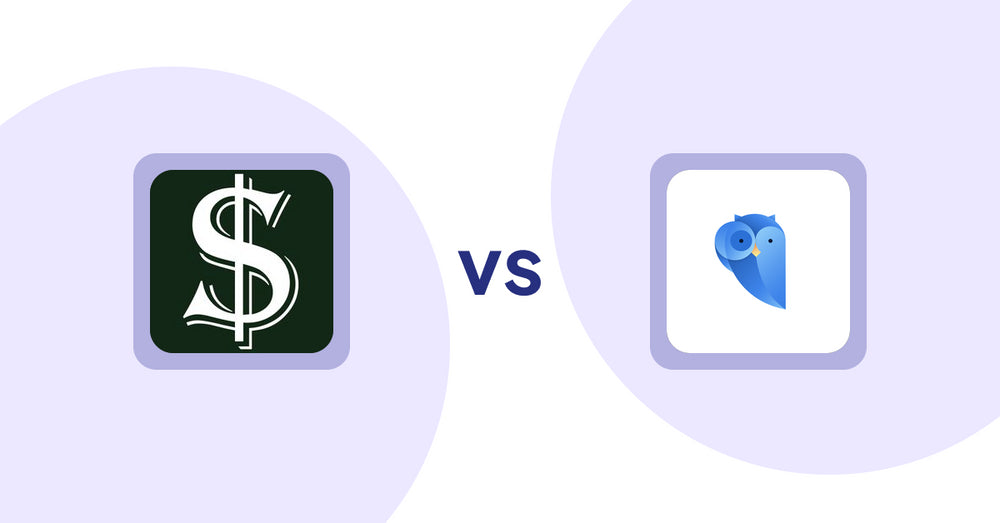
Shopify Product Display Apps: Selling Fast vs. Findify Search & Merchandise

Shopify Product Display Apps: Selling Fast vs. Aiuta
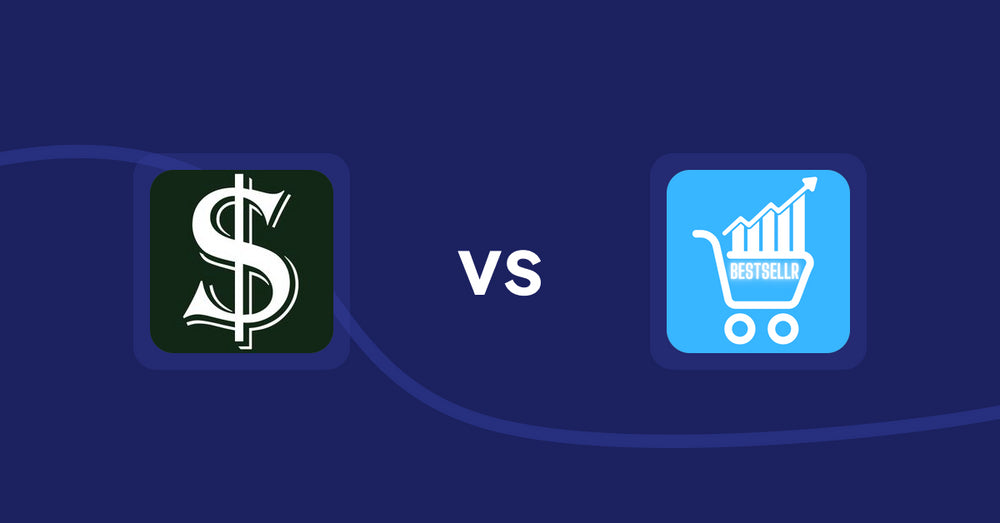
Shopify Product Display Apps: Selling Fast vs Bestsellr

Shopify Product Display Apps: Selling Fast vs ProductTube
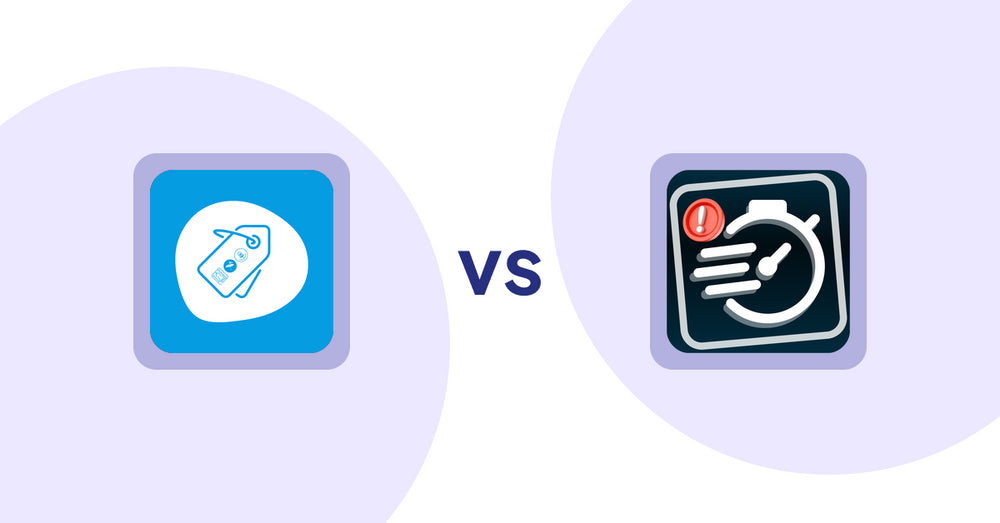
Shopify Product Display Apps: Extendons Product Tag Images vs Urgency! Low Stock Counter
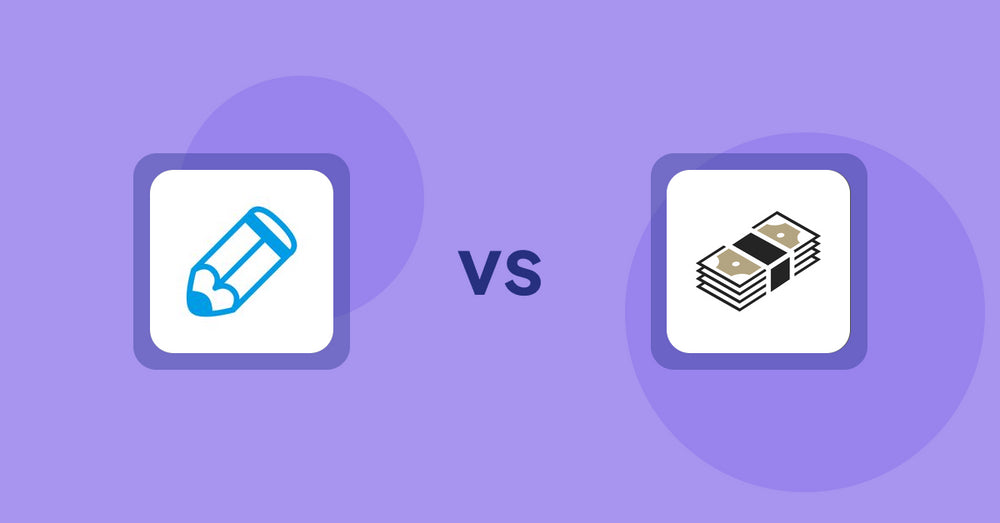
Shopify Product Display Apps: Writer Sofia vs シンプルクラウドファンディング|お手軽自社クラファン
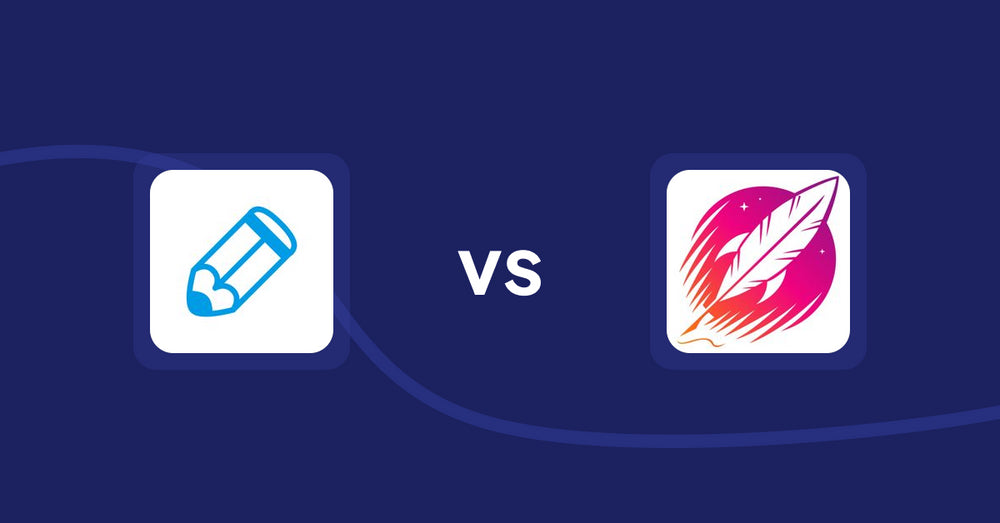
Shopify Product Display Apps: Writer Sofia vs Wordsmith: Content Generator
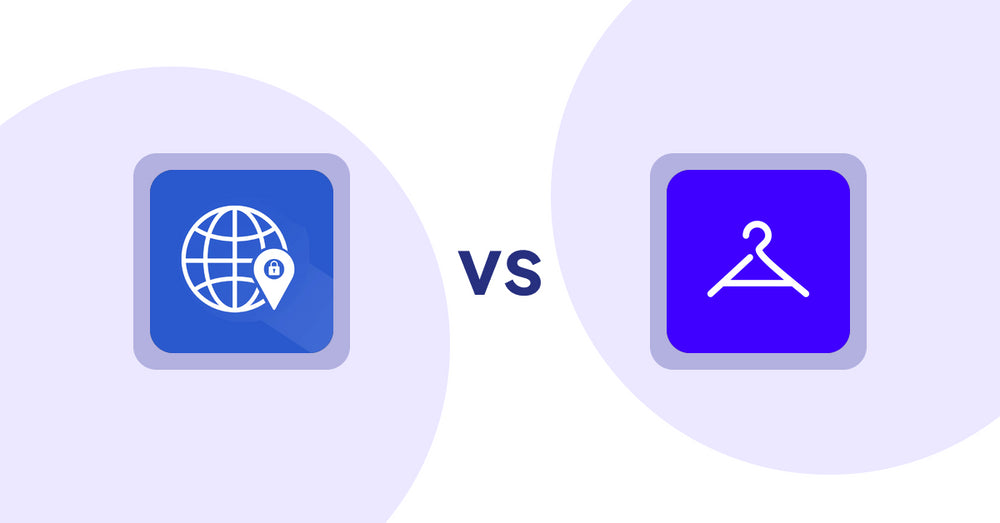
Shopify Product Display Apps: Addify ‑ Country Restrictions vs Aiuta
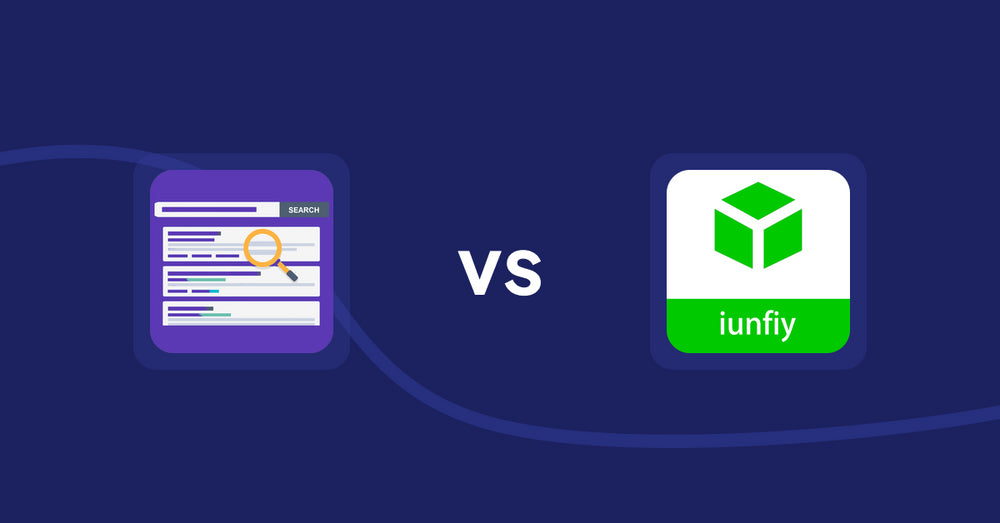
Shopify Product Display Apps: Spark AI Products Description vs iunfiy • Related Products

Shopify Product Display Apps: BeUnico vs Loup: Sell on Instagram
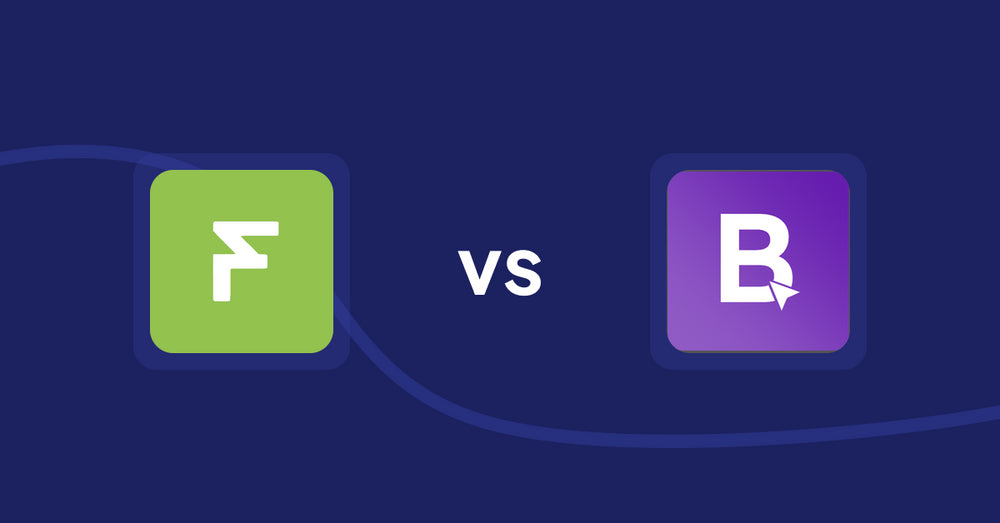
Shopify Product Display Apps: Easy Estimate Shipping vs BookE ‑Rent Property & Service
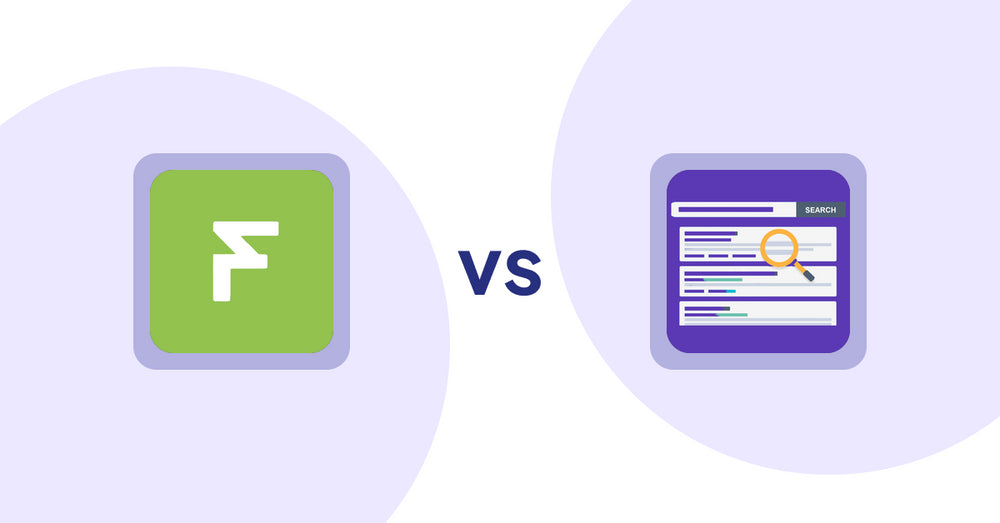
Shopify Product Display Apps: Easy Estimate Shipping vs. Spark AI Products Description
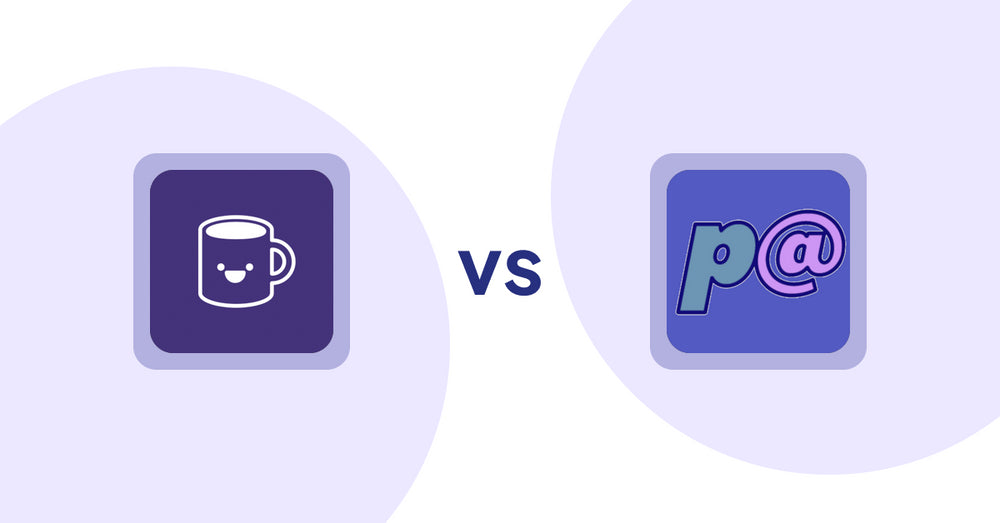
Shopify Product Display Apps: Mugshot Bot vs Parameterizer

Shopify Product Display Apps: Peftrust vs. Wordo ‑ ChatGPT AI Description
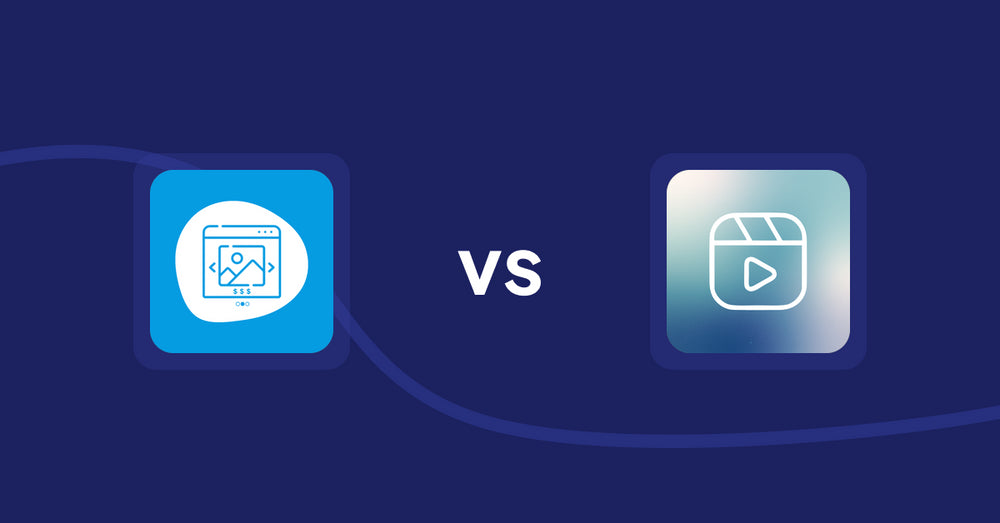
Shopify Product Display Apps: Quick Product Navigator Slide vs Reelify ‑ Shoppable Reel Video

Shopify Product Display Apps: Quick Product Navigator Slide vs. UR: Smart Ranking

Shopify Product Display Apps: Eazy Specification Tags Table vs Agile Attachments
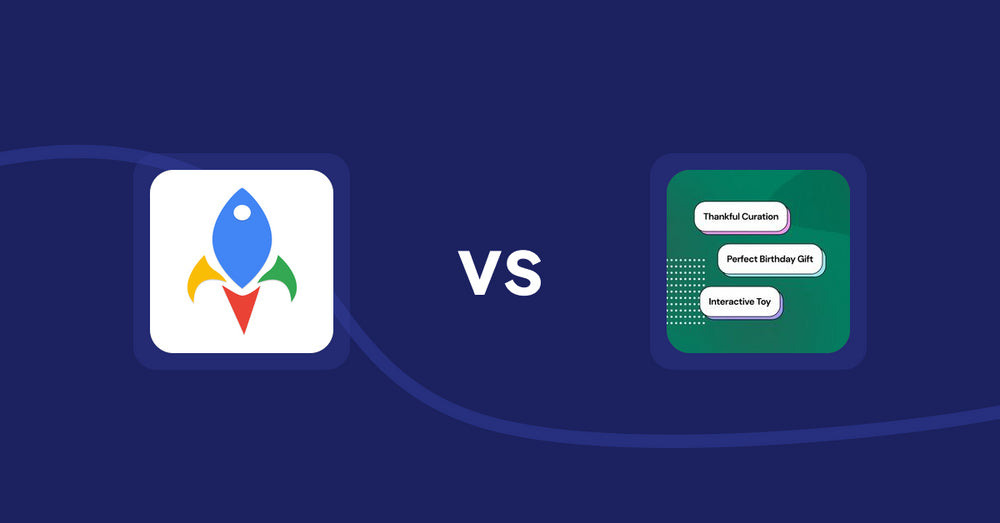
Shopify Product Display Apps: Jedi Back In Stock Admin Alert vs FeatureFrame ‑ Pretty Product
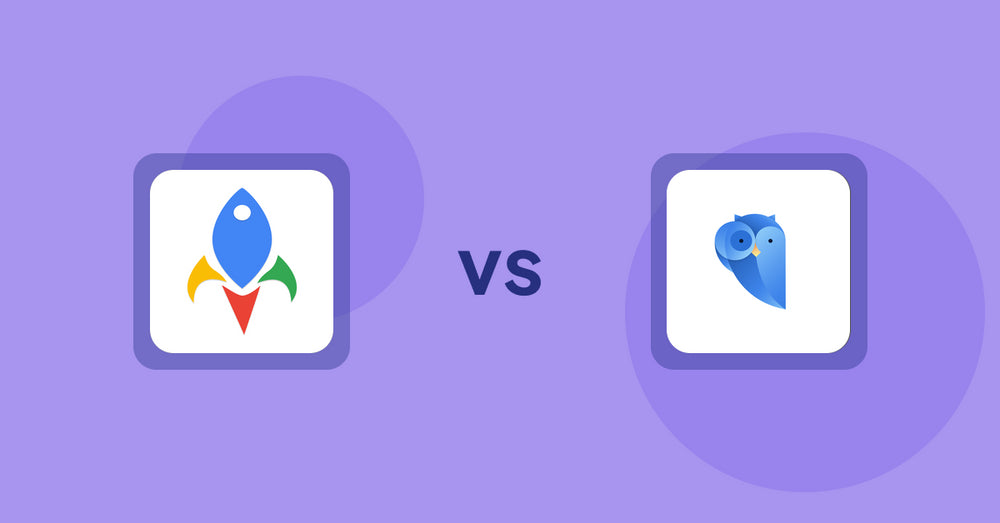
Shopify Product Display Apps: Jedi Back In Stock Admin Alert vs. Findify Search & Merchandise
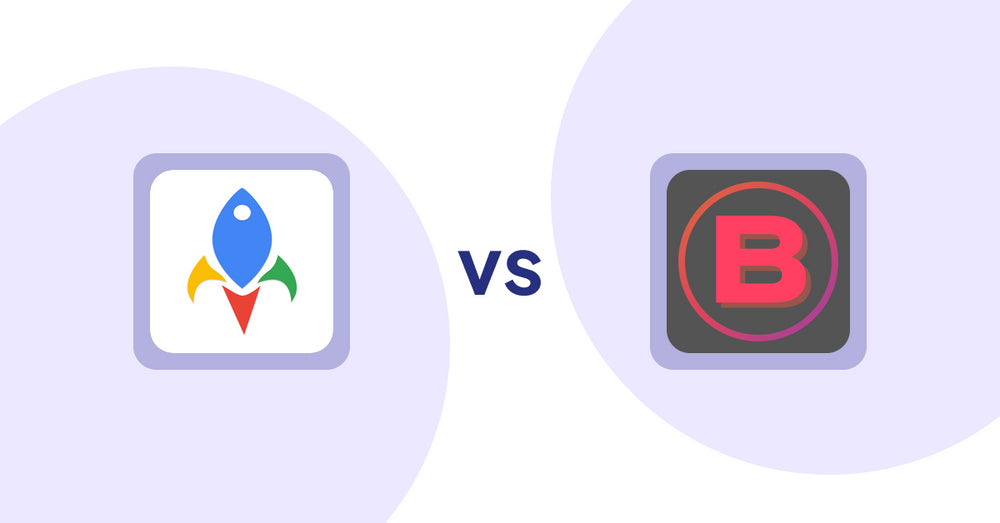
Shopify Product Display Apps: Jedi Back In Stock Admin Alert vs Banter Stories






